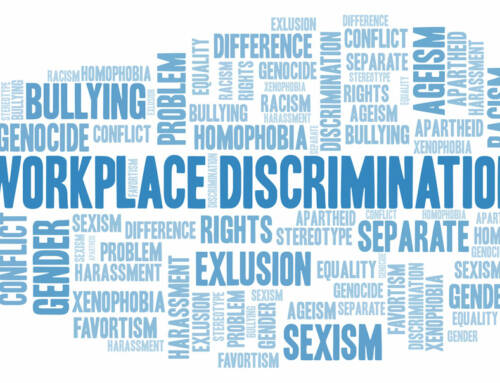Statistics can show us an interesting perspective on any given topic. If you want to learn more about a college you are planning to attend, a new city you are considering moving to, or a new career, you will likely look at the statistics about the individuals who attend that school, live in that city, or make their livings through that career.
Charitable giving is no different. By examining the statistical trends in charitable giving in the United States, we can get a sense of the type of people who are most likely to give, the charities they are most likely to support, and ways to reach out to groups and individuals who are underrepresented in the realm of charitable giving.
Women or Men?
Studies show that women are more likely to give to charity than men. This is a fairly recent trend and may be linked with the economic gains American women have made over the past few decades.
How Old?
A 2013 survey showed that Baby Boomers, the generation of Americans currently aged 49-67, gave more money to charity than individuals of other generations. Baby Boomers give online and through more traditional routes, such as corporate giving and physical gifts.
Religious Affiliation and Giving
In the United States, there were 321,839 religious congregations as of July 2014. It is important to note the huge role that churches and religious organizations play in America’s giving habits. Two of the top states for charitable giving, Idaho and Utah, have large Mormon populations. Traditionally, Mormons tithe 10% of their income to the church. Other states where residents tend to donate large amounts of money also have higher rates of church attendance than average. Of the top nine states for charitable giving in the country, only two are located outside the Bible Belt (Idaho and Utah.)
If only secular gifts are counted, the top states for charitable giving change. New York, a state where church attendance is much lower than those mentioned above, is one of the top states for secular charitable giving.
Which Causes Do We Support?
Donations to churches and religious organizations make up the biggest portion of America’s charitable spending at 31% of all charitable dollars spent. Next was donations to educational services and causes at 16%. Following that came human services at 12% and grantmaking foundations at 11%.
How Many of Us Give?
Approximately 95% of American households give to charity. The average household donates $2,974 each year.
In 2013, Americans donated $335.17 billion to charity. Most of this money can from individual contributors. 15% of this total came from charitable foundations, 8% came from bequests, and 5% came from corporate giving programs.
Everybody has his or her own personal reasons for giving to charity. Many cite the calling to give back to their community as the reason for giving while others do so to preserve certain institutions or promote certain values. Talk to your friends, family, and colleagues about the importance of giving to charity and why nonprofit groups and institutions need our support to survive.






